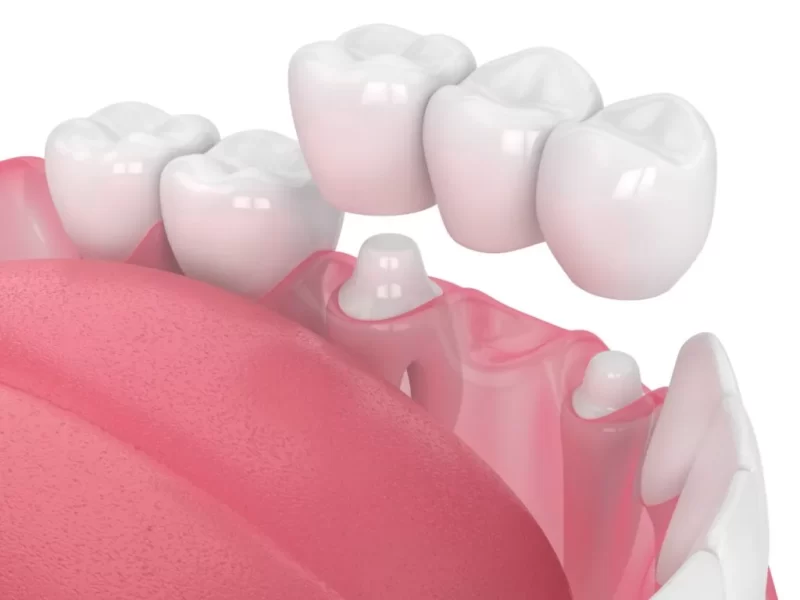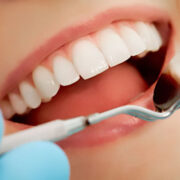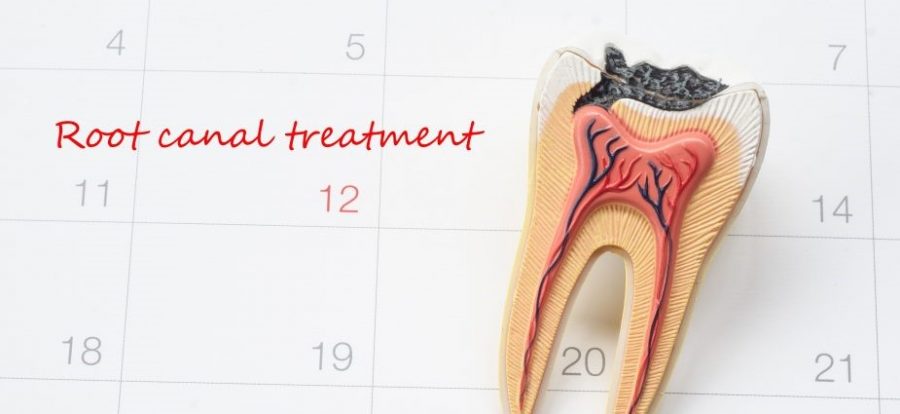You should take great care of your dental health because smiles are the global currency of connection in this world. Let’s start the long-running discussion between dental crown vs bridge, two mainstays in the field of dental procedures. Join us today as we explore the mystery around these dental treatments under the direction of none other than Royal Dental Clinics’ esteemed doctor, Dr. Chirag Chamria.
What is a Dental Crown?
A dental crown is a meticulously crafted cap, specially designed to replace a brittle or broken tooth, effectively restoring its strength, size, and aesthetic appeal. Crafted from a varied range of materials, each boasting unique qualities, these crowns are tailored to meet individual dental needs.
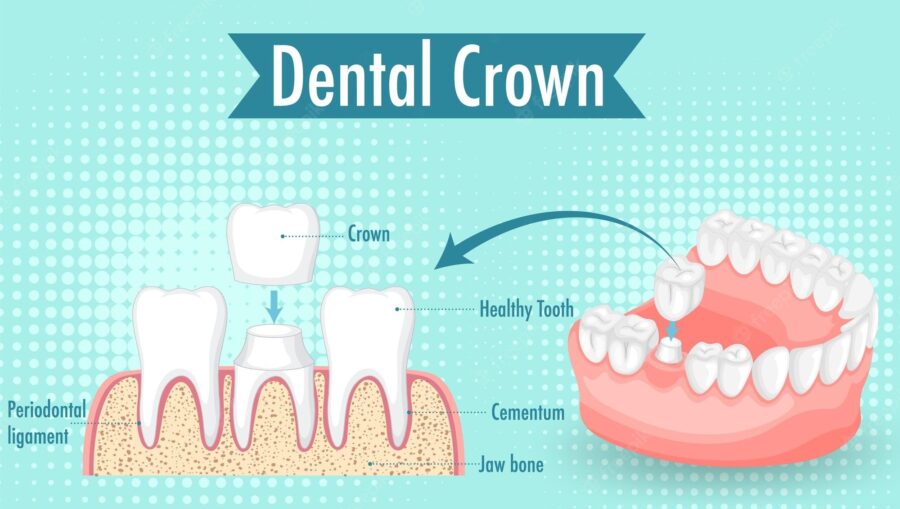
When is a Dental Crown recommended?
Dental crowns become needed when tooth decay becomes too severe for a straightforward treatment. They offer thorough coverage, slowing the progression of the degradation and averting more harm. Reinforcement is frequently necessary for teeth that have fractures or cracks in them. Dental crowns work as a strong barrier, keeping the broken pieces together and halting the progression of the damage. The damaged tooth may become brittle after a root canal treatment. A dental crown ensures the durability and functionality of the tooth by strengthening the compromised structure.
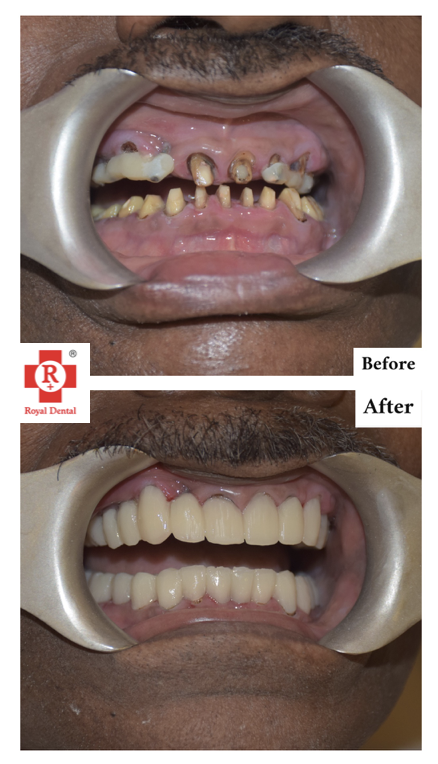
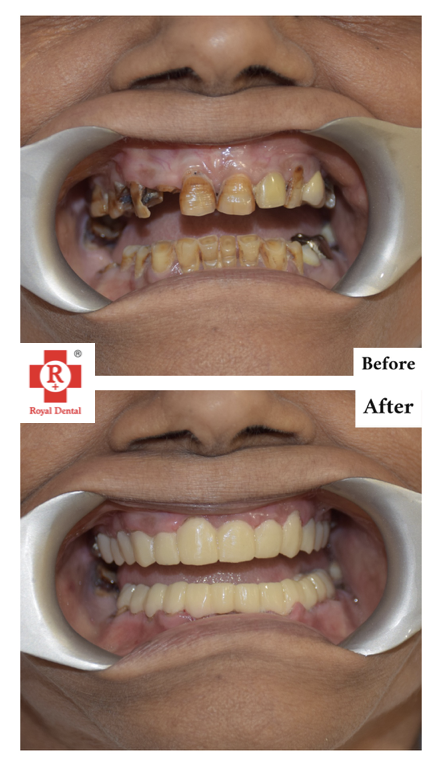
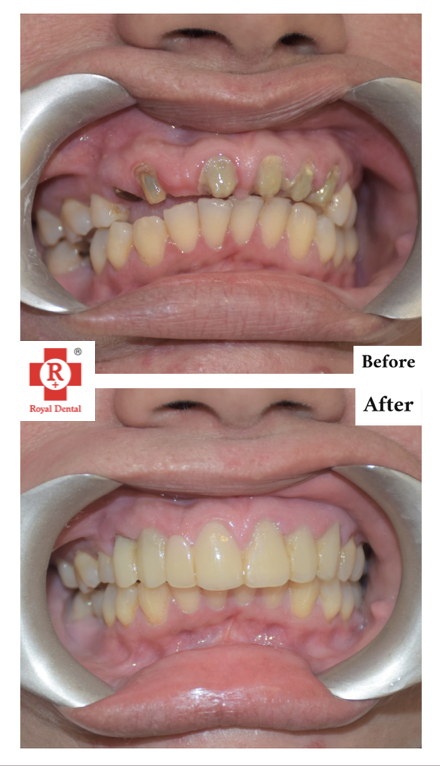
Different types of Dental Crown
Resembling the translucency of actual teeth, these crowns provide a natural appearance. Porcelain crowns are a popular option for people looking for an aesthetically pleasing treatment, and they are perfect for front teeth.
Ceramic crowns have natural-looking characteristics, much like porcelain. Their longevity and compatibility with people with metal allergies make them highly valued.
Metal crowns, made of alloys such as nickel-chromium or gold, are known for their durability. Because of their resilience, they are frequently advised for back teeth, even if they might not have the same natural appearance as porcelain.
Porcelain-fused-to-metal crowns provide a well-balanced solution by fusing the beauty of porcelain with the strength of metal. Over time, though, the metal substructure can become apparent close to the gum line.
What is a Dental Bridge?
A custom-made prosthesis called a dental bridge is intended to cover the spaces left by one or more missing teeth. These bridges, which are made up of two primary parts—pontics, or artificial teeth, and abutments, or natural teeth or implants on each side—restore smile symmetry and guarantee the health of an entire dental arch.
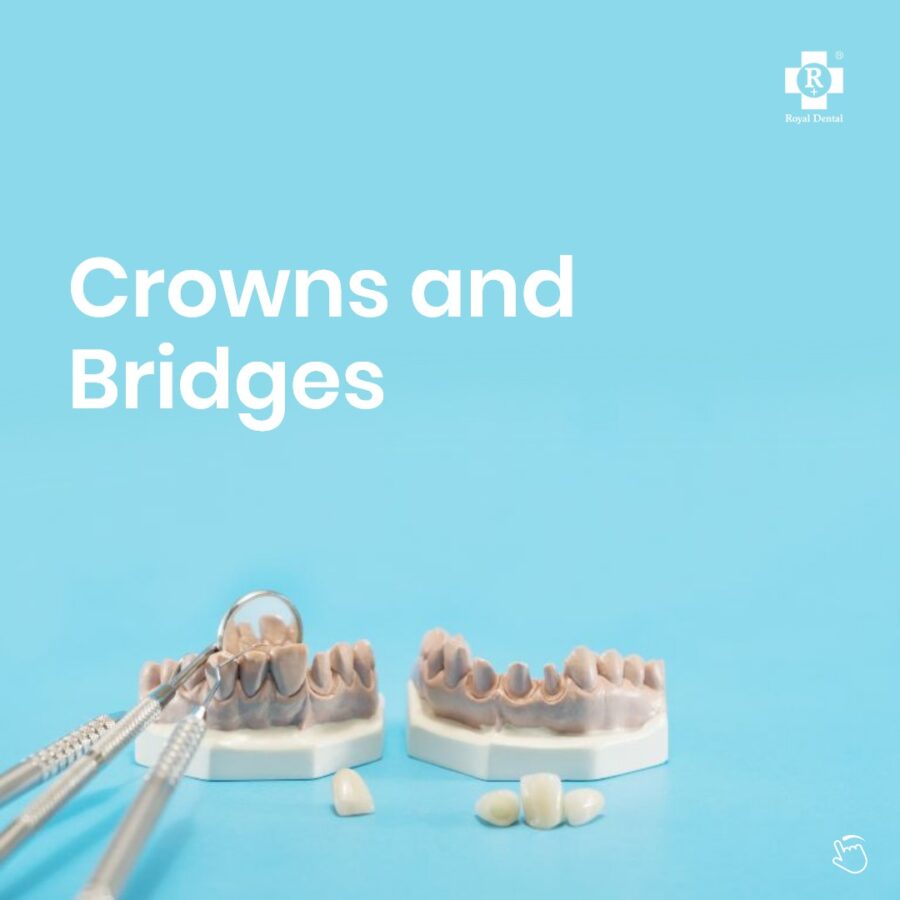
When is a Dental Bridge recommended?
Replacing missing teeth is the main purpose of dental bridges. Bridges operate as loyal partners, keeping the adjacent teeth from shifting and preserving the integrity of the bite, regardless of the cause—injury, decay, or extraction.
Dental bridges are essential for fixing a compromised bite that results from losing teeth. They restore equilibrium by closing the gaps, enabling healthy chewing, and avoiding undue strain on neighboring teeth.
Bridges not only preserve facial muscles from collapsing when teeth are lost, but they also enhance face aesthetics. They also ensure clear articulation, which helps with speech improvement, particularly after the front teeth are replaced.
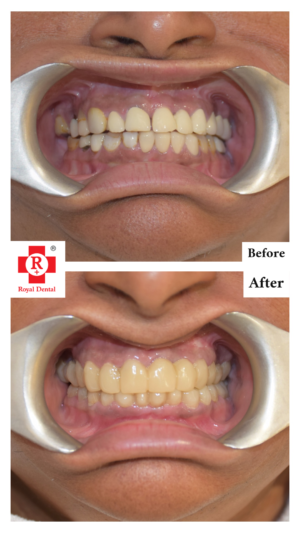
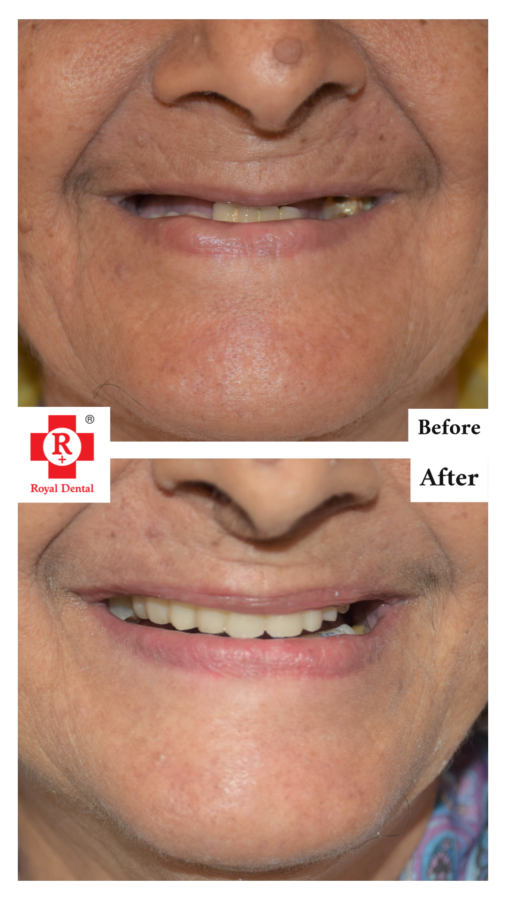
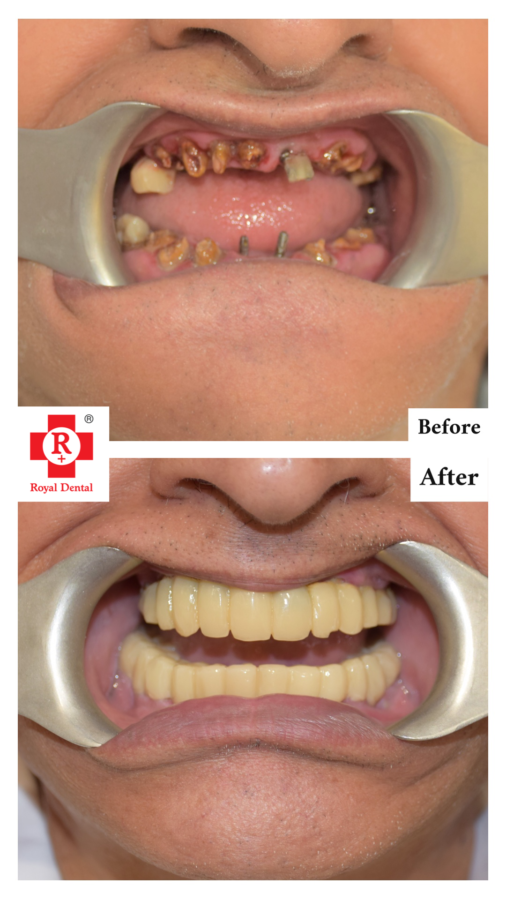
Different types of Dental Bridge Crown
The most prevalent kind, traditional bridges, are made up of pontics that are secured to the neighboring natural teeth by dental crowns. They work well to replace one or more teeth that fall out one after the other.
Cantilever bridges are useful when there is only one neighboring tooth that can be used for support. They offer a workable option in certain situations, although they are less frequent.
Also referred to as resin-bonded bridges, Maryland bridges support the pontic with a framework made of porcelain or metal. They reduce the need for major changes to neighboring teeth, making them a conservative alternative.
Implant-supported bridges are sturdy and long-lasting options attached to dental implants that are surgically inserted into the mandible. This kind provides unmatched durability and stability.
Crown vs Bridge: Making the Right Choice
Total number of missing or broken teeth
Crowns: These protective coverings are perfect for individual teeth that have had significant decay or injury. They restore both function and appearance.
Bridges: Suitable for situations where teeth are lost one after the other, bridges function as connected prostheses, bridging gaps and maintaining dental arch alignment.
Oral Health Issue
Treatment planning heavily depends on the general state of oral health.
Crown: People who need reinforcement for a single tooth because of decay or injury frequently choose crowns. When the neighbouring teeth are in good health, this choice is extremely advantageous.
Bridge: Bridges provide a comprehensive approach that preserves the integrity of the oral anatomy for people who have several missing teeth but robust, healthy neighbouring teeth.
Aesthetic Preferences
Crown: Patients who prioritise maintaining a single tooth’s natural appearance frequently select crowns since they blend in perfectly with neighbouring teeth.
Bridge: Although they also put aesthetics first, bridges are designed to satisfy people who want a harmonious appearance for a portion of their dental arch that is lacking teeth.
Financial Considerations
Crown: Crowns are a sensible option for patients on a tight budget because they are typically more economical when treating a smaller number of broken or rotten teeth.
Bridge: Although they can be more expensive initially, bridges can be more cost-effective in the long run. They can replace several missing teeth with a single repair as opposed to treating each missing tooth separately.
Conclusion Crown vs Bridge
When we come to the end of our adventure in the land of crowns and bridges, we reveal the royal prescription written by none other than Dr. Chirag Chamria. Making the decision between a bridge and a crown is more than simply a dental one; it’s a journey towards a magnificent smile. Equipped with information, emboldened by decision-making, and aided by Dr. Chamria’s experience, you’re now prepared to take command of your dental future. Explore the court of dental monarchy, where each smile serves as a crowning achievement and each decision advances the goal of a magnificent smile.

